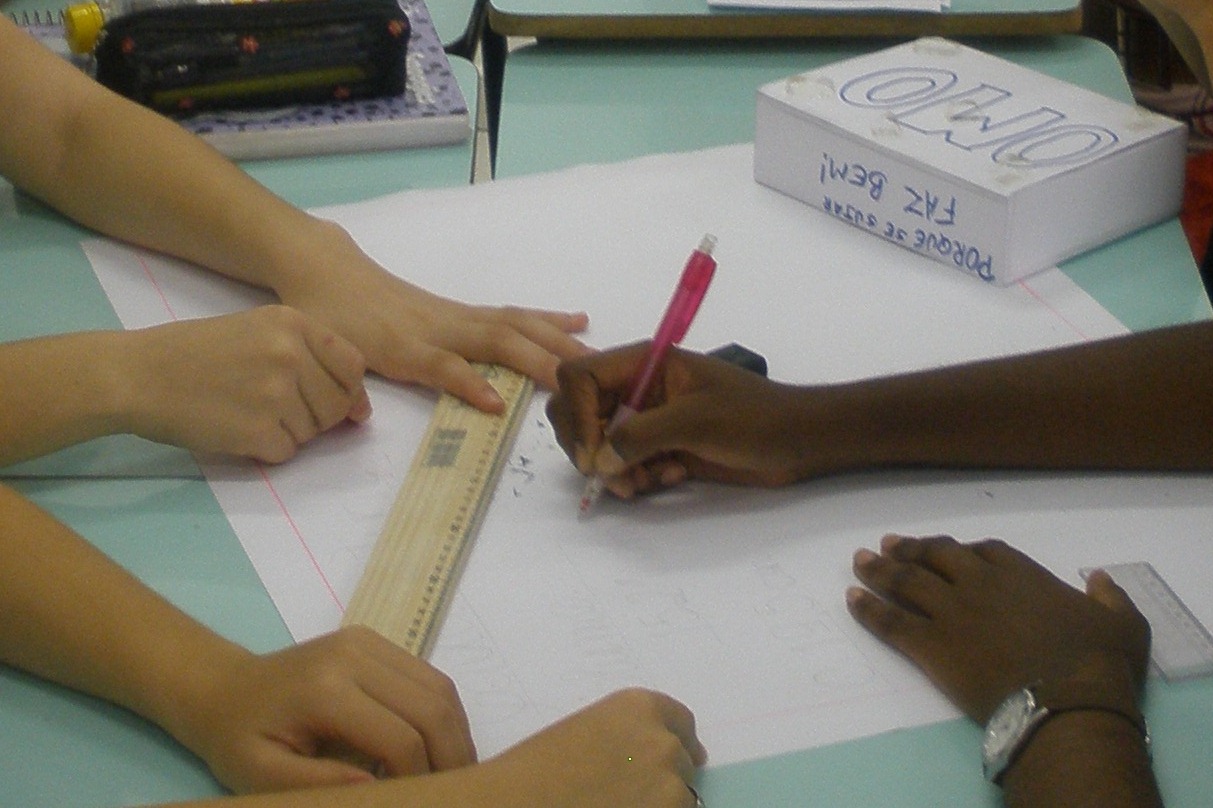Teaching Metric Spatial Geometry
an experience with modeling
Keywords:
Teaching Geometry, Engineering Curriculum, Mathematical ModelingAbstract
References
ARTIGUE, M. Ing_enierie didactique. In: Brun J. (org.). Didactique des Math_ematiques.
Lausanne-Paris: Delachaux, 1996.
BARBOSA, J. C. Modelagem na Educação Matemática: contribuições para o debate teórico. In: REUNIÃO ANUAL DA ANPED, 24, 2001, Caxambu. Anais... Rio de Janeiro: ANPED, 2001.
BASSANEZI, R.C. Ensino-aprendizagem com modelagem matemática: uma nova estratégia. São Paulo: Contexto, 2002.
BIEMBENGUT, M. S.; HEIN, N. Modelagem matemática no ensino. 3. ed. São Paulo: Contexto, 2003.
CHAVES, M. I. A.; SANTO, A. O. E. Modelagem matemática: uma concepção e várias possibilidades. Bolema, Rio Claro, ano 21, n. 30, p. 149 a 161, 2008.
COSTA, M. A.; LIMA, S. R. R. Ensino de Prismas: uma análise a partir do livro didático. 2010. 74 f. Trabalho de Conclusão de Curso - Universidade Federal de Alfenas, Alfenas, 2010.
FRANCO, B. S. C.; OLIVEIRA, M. J. R. Ensino de geometria espacial métrica: uma experiência com modelagem. 2011. 109 f. Trabalho de Conclusão de Curso – Universidade Federal de Alfenas, Alfenas, 2011.
LIMA, E. L. Medida e forma em geometria: comprimento, área, volume e semelhança. Rio de Janeiro: SBM, 1991.
MINAS GERAIS. Currículo Básico Comum (CBC). Belo Horizonte: Secretaria de Estado de Educação de Minas Gerais. Acesso em: 30 out. 2011. Disponível em
http://crv.educacao.mg.gov.br/sistema_crv/index2.aspx??id_objeto=23967#
PAIS, L. C. Didática da matemática: uma análise da anuência francesa. Belo Horizonte: Autêntica, 2008.
SANTOS, R. C; BACCARIN, S. A. O. Embalagens. Revista do Professor de Matemática, n. 60, 2006.

Downloads
Published
How to Cite
Issue
Section
License
Proposta de Política para Periódicos de Acesso Livre
Autores que publicam nesta revista concordam com os seguintes termos:
- Autores mantém os direitos autorais e concedem à revista o direito de primeira publicação, com o trabalho simultaneamente licenciado sob a Licença Creative Commons Attribution que permite o compartilhamento do trabalho com reconhecimento da autoria e publicação inicial nesta revista.
- Autores têm autorização para assumir contratos adicionais separadamente, para distribuição não-exclusiva da versão do trabalho publicada nesta revista (ex.: publicar em repositório institucional ou como capítulo de livro), com reconhecimento de autoria e publicação inicial nesta revista.
- Autores têm permissão e são estimulados a publicar e distribuir seu trabalho online (ex.: em repositórios institucionais ou na sua página pessoal) a qualquer ponto antes ou durante o processo editorial, já que isso pode gerar alterações produtivas, bem como aumentar o impacto e a citação do trabalho publicado (Veja O Efeito do Acesso Livre).
